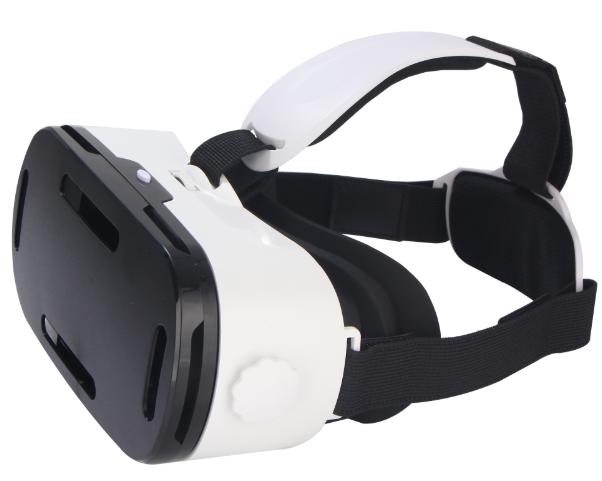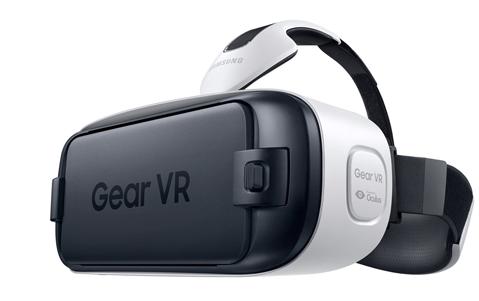After the accumulation of 2016 "VR First Year". There are many kinds of VR glasses products on the market. They are similar in appearance and vary in price.
I. Basic Principles
In order to better understand these three classifications. Let's start with the basic principles of VR.
The concept of VR glasses is simple:
Put a monitor over one's eyes. Where people look, it will display the scenery in the corresponding direction on the display. Let a person feel that he is in an infinite virtual space.
To realize this concept, the following infrastructures are needed:

1. Processor
The core of computation, used to generate images. It calculates attitude positioning based on gyroscope data. In order to prevent vertigo, VR glasses require an image refresh rate of 90Hz. This requires a high speed of operation. The performance index of a VR glasses processor chip is important.
2. Monitor
It displays images to the left and right eyes. When we say VR glasses with 2K screen. It refers to the size of the long side of a whole screen. For example, 2k*1k size. If one eye is 2K, it means that the size of the short side of the screen is 2K. In 2017, the mainstream configuration in the market is 1.5 k per eye. The higher the screen resolution, the more powerful the processor required.
3. Convex Len Sheet
If you stick the monitor in front of people's eyes. It is difficult for human eyes to focus on objects so close. The purpose of convex lens sheet is to draw the picture image on the display closer to the retina position by refracting light. In this way, people's eyes can easily see the display screen almost attached to their eyes.

4. Gyroscope
The picture on the monitor. If the scene is to change in real time with the movement of one's head. It must know the direction of the person's head. For example, when people wearing VR glasses look up. The display in the eye needs to display the virtual sky in real time. This "looking up" action requires gyroscopes to detect it. The principle of specific gyroscopes will not be introduced. You should know, it can detect the posture and orientation of objects in space.
There are two concepts to be introduced here: 3dof and 6dof.
DOF: Degree of freedom.
In VR, 3dof refers to the degree of freedom with 3 rotation angles. 6dof refers to, in addition to the 3 rotation angles, plus the 3 degrees of freedom related to the position. Including up and down, left and right, front and back.
When we say 3dof VR glasses. It means that the VR glasses can detect the rotation of the head in three directions. The head movement back and forth, left and right cannot be detected. 6DOF glasses, on the other hand, can detect the space and angle information.
Most all-in-one machines are still having head 3dof + handle 3dof. The price is between mobile phone and helmet-mounted display. The next product will have an all-in-one machine with a head 6dof and a handle 6dof. Like Pico's Neo CV. It uses a camera for InsideOut positioning.